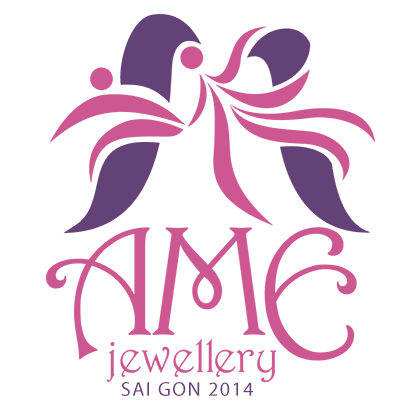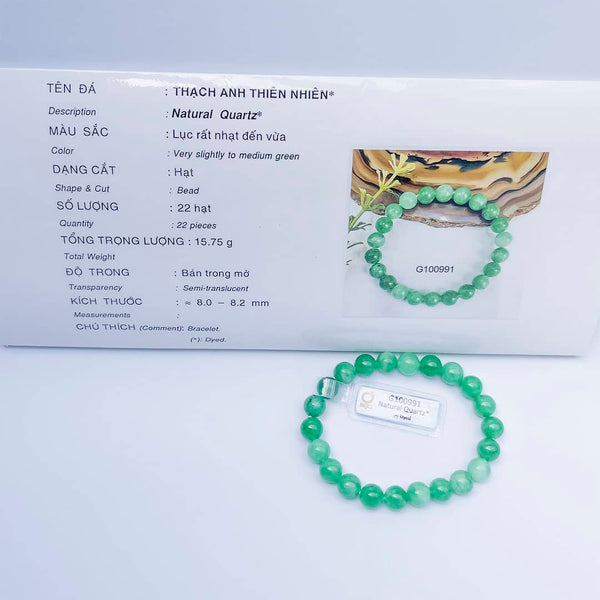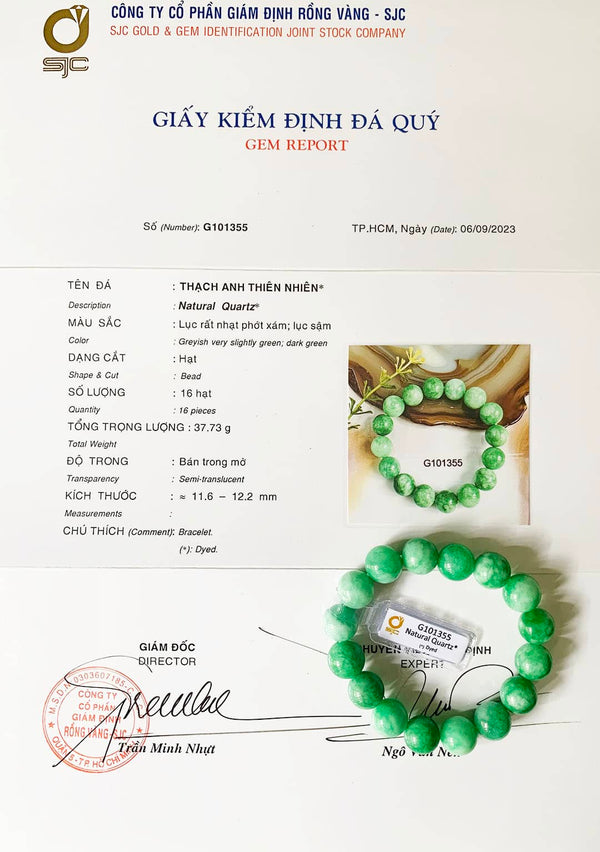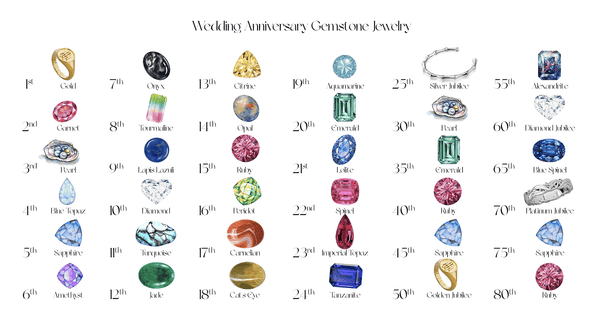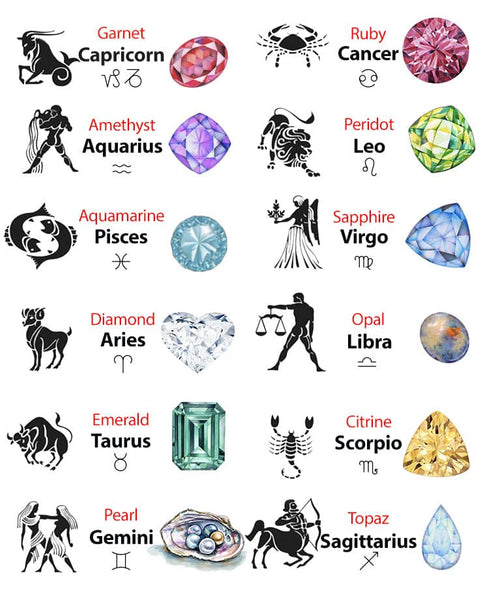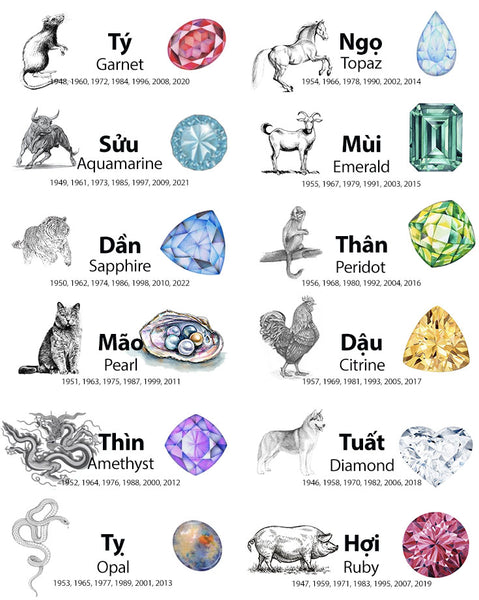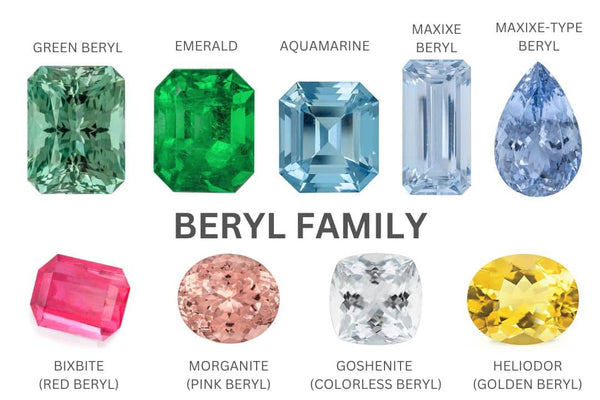Natural Quartz Jewelry
Natural Quartz Jewelry
Quartz is one of the most common minerals on earth. Quartz is made of the two most abundant chemical elements on Earth: oxygen and silicon. Atoms of oxygen and silicon join together as tetrahedrons (three-sided pyramids). Quartz is divided into Crystalline (or visible crystals) and Cryptocrystalline (or hidden crystals that require a microscope).

There are many attractive and well-known quartz varieties. Photo: GIA / Robert Weldon
Quartz
Quartz is one of the most common minerals on earth. Quartz is made up of two of the most abundant chemical elements on Earth: oxygen and silicon. Quartz is an almost pure chemical compound with constant physical properties. Quartz rocks make up about 12% of the earth's surface and about 20% of the Earth's crust. Quartz is divided into: crystalline (or visible crystal with internal structure) and cryptocrystalline (or hidden crystal, visible only under a microscope).
Crystalline Quartz
Crystalline Quartz is found as small sparkling crystals or as large crystals. Quartz crystals are named for their color:
- Purple Quartz: Amethyst
- Yellow, Brown Quartz: Citrine
- Purple and Yellow Quartz: Ametrine has a mixed color zone between Amethyst and Citrine.
- Pink Quartz: Rose Quartz has a beautiful delicate pink color.
- Clear Quartz: Rock Crystal
- White Quartz: Milky Quartz with small bubbles in the crystal produces a milky milky color.
- Yellow, brown and black Quartz: Smoky Quartz – Smoky Quartz stone due to natural radiation in the rock crystal creates a dark yellow-brown zone.
- Sagenitic / Rutile Quartz is a type of Quartz stone that contains needle inclusions of the mineral Rutile (TiO 2 - Titanium Dioxide) or Tourmaline, Actinolite forms clusters of hairy inclusions, so it is called Venus Hair Quartz. Hairstone.
Cryptocrystalline Quartz
Chalcedony or Cryptocrystalline Quartz are crystals that cannot see the internal structure, so they must be observed with a microscope.
- Banded Agate - The veined Agate is formed from the deposition of SiO 2 silicon dioxide from a hot water source. Small amounts of iron and other impurities give it a variety of colors. Most of the bright colors of Agate (pink, green, blue) are made from gray & white banded agate. Brown agate is heat treated to brown. Some onyx contain fossil wood inclusions and dinosaur bones. Onyx is a Back & White banded Agate type. Sardonyx is a Reddish-brown banded Agate.
- Flint - Flint and Chert is a Cryptocrystalline Quartz with no veining.
- Jasper is a yellow, orange and brown quartz stone due to its iron content.
- Chrysoprase is a green quartz stone due to its nickel content.
- Aventurine is a translucent quartz or quartz that contains small slabs or scales. Light entering this quartz stone will reflect light creating a sparkling appearance known as "aventurescence". The different inclusions give the stone a distinct color.
Quartz has a hardness of 7.0, the chemical composition is SiO 2 silicon dioxide.
In Japan, Quartz is the ancient symbolic stone of the breath of the White Dragon.
Source: Mindat , the University of Waterloo
